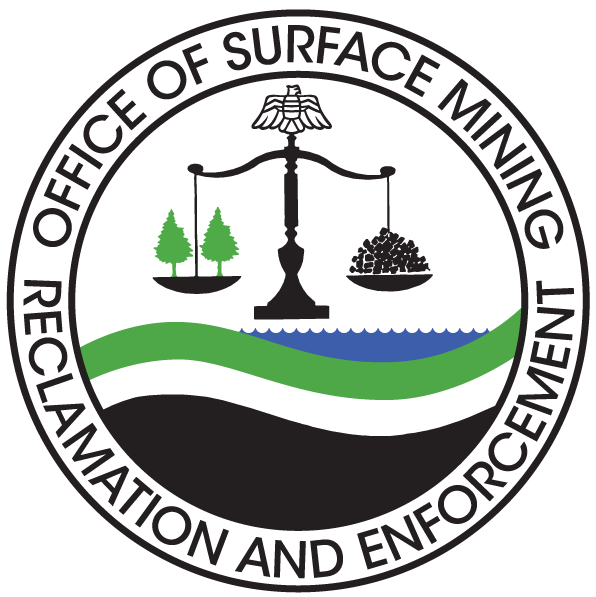Groundwater Modeling System Software
Description
Groundwater model design system that converts map data into MODFLOW, MODPATH, and MT3D grid data for running groundwater flow and solute transport simulations.
- Users: Hydrologists
- Training: No training information listed.
- Vendor Information: Program description and support information are available at: http://www.aquaveo.com/gms
Software Download and Installation Instructions
Software Capacity
- GMS is a comprehensive groundwater modeling package supported by three dimensional visualization tools. Create a complete groundwater simulation including site characterization, model development, post-processing, calibration, and visualization. Construct a conceptual groundwater model directly on top of a scanned map of a site using GIS objects. Boundary conditions and parameter values can be assigned directly to the GIS objects.
- GMS gives the user the option of finite-difference modeling using MODFLOW and related packages, or finite-element modeling techniques.
- Create a realistic model of groundwater systems within active or abandoned mine areas, and simulate mining and post-mining effects (e.g., dewatering and drawdown, aquifer recovery, mine-pool development). The program supports automated model calibration and has robust capabilities for graphical output of post-processing results.
- Incorporate TINs, solids, borehole data, 2D & 3D geostatistics, and both finite element and finite difference models in 2D & 3D in your mine analysis.
- Analyze flow through earth dams and levees.
- Simulate flow in confined or unconfined profile models or for confined areal models. For unconfined models, flow can be modeled in both the saturated and unsaturated zone. Solutions can be displayed using plots of flow vectors and head contours.
- Generate a complete flow net with equipotential lines and flow lines to analyze groundwater flow impacts due to mine activity.
- Modeling the stratigraphy at a site. Borehole, scatter point, and geophysical data can be used to construct stacked surface models using TINs, or fully 3D volumetric models using boundary representation solid models. Solid models can be sliced interactively to construct simple cross section plots or complex fence diagrams.
- Model movement of contaminant plumes (PHC evaluation, CHIA). Compute volumes.
- Generate animations to analyses and predict the fate of a contamination plume or mine discharge over time.
For More Information
Contact Sarah Kreitzer ([email protected]); (412) 302-5446

